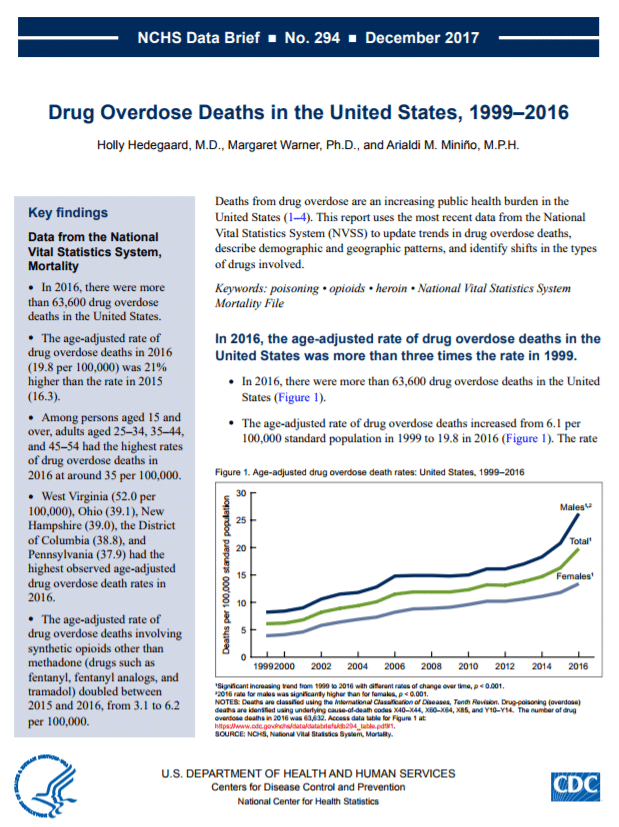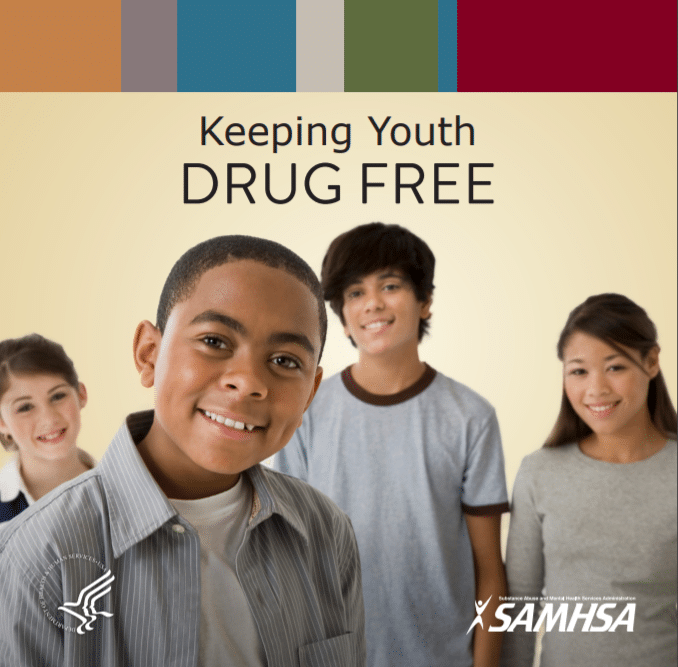Guest Blogger and long-time Council friend, Bob W. presents Part 19 of a series dealing with Alcoholism and Addiction from a Mystical, Mythological Perspective, reflecting Bob’s scholarly work as a Ph.D. in mythological studies.
In the 1960’s, the focus on the race to the Moon created a consciousness of the Cosmos beyond Earth and the spawning of a different, more elaborate culture of science fiction genre in the arts, TV and cinema. Star Trek debuted on TV in 1966, and 2001: A Space Odyssey premiered in 1968. There were literally over a hundred movies in this genre in that decade, not to mention the dozens of books like A Clockwork Orange, Dune, and Slaughterhouse Five. What set the video material of this time apart from the much less elaborate Buck Rogers of the 1940’s and 50’s was the expansive and intricate detail and mechanisms of the space machines; they created a deep felt-sense of wonder and awe, at least to me. They also had profound story lines that fit the Hero’s Journey pattern we have been discussing in connection with our own Journeys to Sobriety.
But, for me, what always struck home in these pieces was the one tagline intro from Star Trek that said that the Enterprise’s five year mission was: “…to boldly go where no man has gone before.” Many of us have come from a history of Alcoholism that goes back through the generations. For some of our ancestors, it may have been just an imbedded culture of the time, but the abuse of the myriad of spirits was equally as voluminous and extensive. So for us to pursue a sober life, free of the compulsion to consume any of those substances, required us to initiate a massive, cultural and spiritual break from a long familial past. We had to boldly go where none before had gone.
In 1995, Pete Hamill, a journalist in New York, published an autobiography of sorts called A Drinking Life: A Memoir. It is a story of his Irish family drinking history, his own early life consumed with alcohol abuse, and his career associated with a community of people of some renown where the one defining constant was alcohol. He hit a bottom one day and, recalling his familial history with alcohol, he said to himself: “The madness must stop. The madness stops here,” and he stopped drinking forever. It is precisely the recollection I have of that point early on the day after my last consumption of a molecule of alcohol when I made the commitment to stop, finding myself in that same abyss of “pitiful and incomprehensible demoralization.”
It is fascinating to see the science fiction genre over the years in somewhat the same light, where the exploration of the Cosmos beyond the gravity of the Earth is seen as just such a brave, new, exploratory journey into a world of unimaginable wonders alongside our very own higher power….within the Sunlight of the Spirit.


 In response to the alarming escalation in addiction, high-risk behaviors, and mental health disorders among teenagers, The Council on Recovery has assembled an all-star team for its Adolescent Services Program at the
In response to the alarming escalation in addiction, high-risk behaviors, and mental health disorders among teenagers, The Council on Recovery has assembled an all-star team for its Adolescent Services Program at the 

 The Substance Abuse and Mental Health Services Administration publishes the
The Substance Abuse and Mental Health Services Administration publishes the